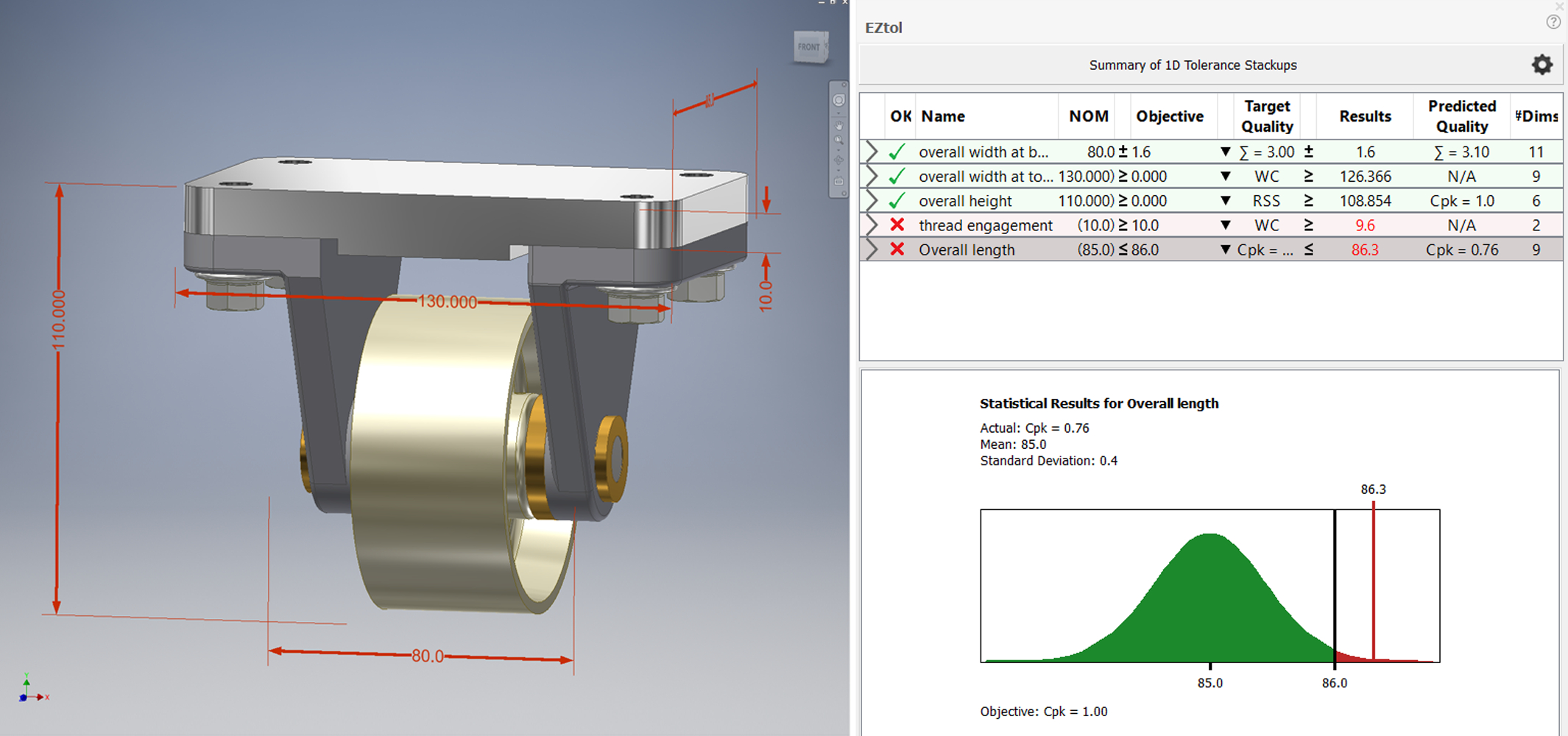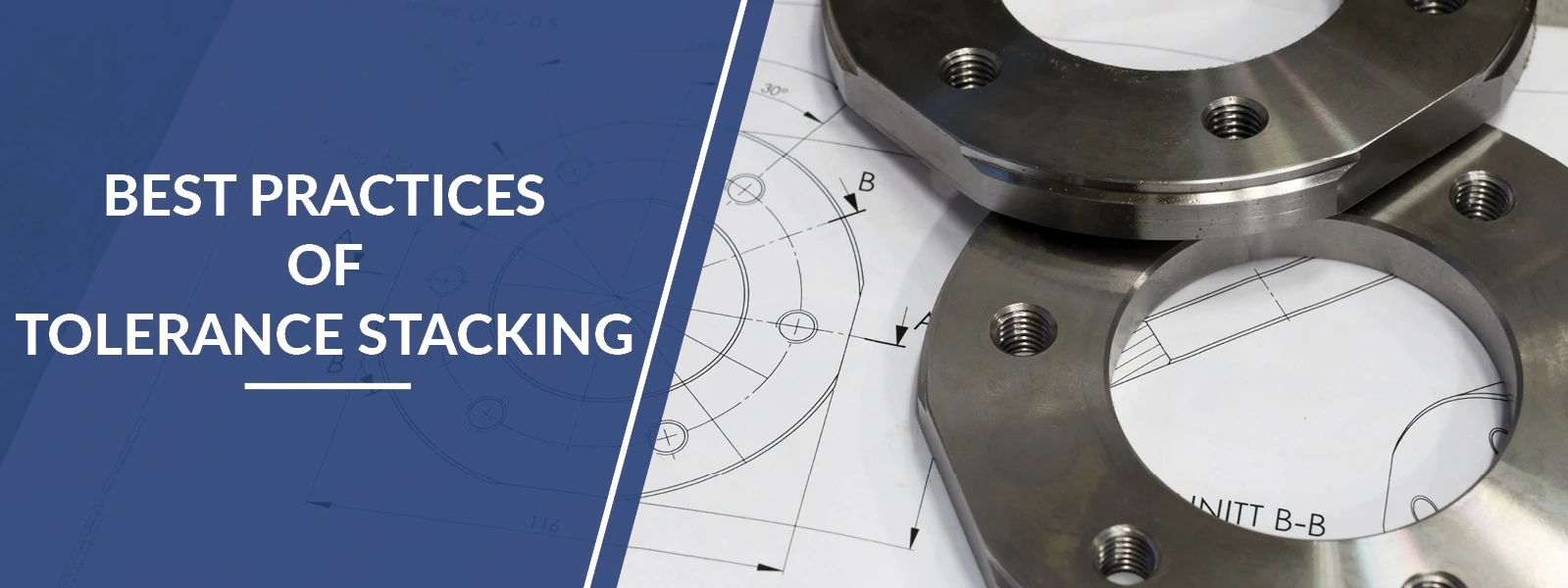

The information gained leads to better understanding of the machine or device in consideration. The analysis is iterative in nature and it could be done from the Top-Down (letting the assembly requirements determine the part tolerances) or the Bottom-Up (part tolerance determine assembly goal). Knowing the cost and performance impact on the final assembled part.Tolerance Analysis is the only way to determine the allowable variation between the features of a part or between part sizes in an assembly and whether parts will satisfy their dimensional Sure fit which reduces the span of design-to-manufacture.Optimized use of resources at the disposal.Reduces the rework resulting in cost reduction.To sum it all up, below are the benefits of tolerance stack-up analysis: Irrespective of the method used, optimization in both existing and new designs needs to be ensured. In such times, tolerance stack-up analysis should be able to cater to the need of achieving accuracy at a minimal cost. After weighing the benefits of each methodology, the fact remains unchanged for its better variation and its impact. While the worst-case method is always simple, the root sum square method often guarantees exact results. The fast-paced manufacturing sector often highlights the best (and, the worst) of both methodologies.

The Best Tolerance Stack-Up Analysis Method So the total size tolerance for the assembly can be written as 33☒.87 Here we calculate the root of the square of all the tolerance values Unlike the previous method, Root Sum Square (RSS) assumes the certainty of tolerance estimate and the arrangement of tolerances being considered. So the total size tolerance for the assembly can be written as 33±5.5 Thus the worst case value will be = (Max value total - Min value total)/2 = (38.5 -27.5)/2 = 5.5 Now the minimum value of sizes possible are: First, the maximum values of sizes possible are: In this case, we will calculate the worst case. Hence we obtain the worst-case stack-up tolerance value. Here we calculate the maximum and the minimum tolerance variation between the parts and we find out the total variation by subtracting the maximum value and minimum value and dividing it by two. The statistical analysis (root sum square/root mean square) uses arithmetic and statistical methodologies to achieve similar objectives.

The worst-case method calculates the maximal and minimal distance between two parts or attributes (based on worst cases).

Statistical analysis (Root Sum Square/Root Mean Square).There are mainly two methods used in the industry to do tolerance stack-up analysis: By using tolerance stack-up analysis, we can optimize the tolerances in the component, thereby reducing the production cost. Tolerance stack-up analysis is a method used in the industry to find out the allowable variation in the gap between parts in an assembly.


 0 kommentar(er)
0 kommentar(er)
